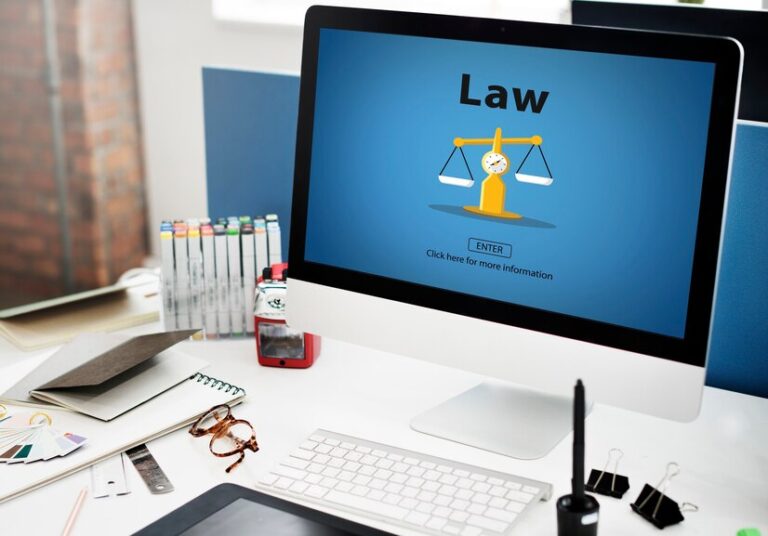What Aluminum Brightener Is and How It Works: A Comprehensive Guide
Aluminium is a lightweight, malleable, silvery-white metal used in many parts of our daily lives. You have come into contact with aluminium in various forms, such as furniture, food tins or cans, pots and pans, wires, and more.
These often-used goods need to be cleaned to keep them shining and in perfect working order. Aluminium and its alloys are used for purposes other than household appliances. Due to its strength and low weight, it is essential to the construction, automotive, and aerospace industries.
Corrosion prevention and application-specific cleaning techniques are equally crucial for aluminium buildings to last a long time and be safe. In this article, we’ll cover every aspect of cleaning aluminium. By the end, you will have gained insight into upkeep and will be equipped with cleaning tips for aluminium.
Why Should You Clean Your Aluminum Products?
Aluminium surfaces need to be cleaned for several reasons.
- Aesthetic Appeal: Maintaining aluminium’s appearance requires regular cleaning. Because of oxidation, filth buildup, and exposure to certain elements, aluminium can become discoloured and lose its sheen with time. Frequent cleaning can bring it back to life, making it appear appealing.
- Corrosion Prevention: Aluminium is susceptible to corrosion, particularly when exposed to certain chemicals and outdoor situations. Cleaning helps remove contaminants that accelerate the corrosion process. By doing this, aluminium products have a longer lifespan and require fewer repairs or replacements.
- Health and Safety: Cookware and utensils made of aluminium should always be cleaned to remove any bacteria, pollutants, or residue from their surfaces. This is particularly important in food because hygiene and cleanliness are critical.
- Increasing Efficiency: In applications where aluminium comes into touch with other materials, like heat exchangers, proper cleaning guarantees heat transmission and optimal performance. An accumulation of grime or oxidation may serve as an insulator or possibly reduce the efficiency of the apparatus.
- Increasing Energy Efficiency: In HVAC systems, car engines, and other applications, cleaning increases the energy efficiency of aluminium components. Heat transmission characteristics of clean surfaces lead to lower energy usage.
- Durability: Due to its inherent qualities and capacity for endurance, aluminium is favoured in the aerospace and automotive industries. Prioritising cleaning and routine maintenance are essential to preserving the dependability and integrity of the aluminium components utilised in these applications.
- To ensure safety, it is necessary to clean aluminium surfaces in industrial settings to eliminate any impurities or residues that might be dangerous. For instance, grease or oil on aluminium can cause slick conditions and mishaps.
- Resale Value: Keeping aluminium objects like automobiles, yachts, and home appliances clean can greatly impact their resale value if you intend to trade them in or sell them. Aluminium goods that are kept clean and in good condition typically fetch greater pricing.
- Environmental Factors: By keeping aluminium items clean, you may prolong their useful life, cut down on waste, and lessen the need to replace them. Cleaning and maintaining aluminium objects is a more environmentally responsible practice than throwing them away too soon.
- Regulatory Compliance: To guarantee quality, safety, and adherence to standards and regulations in particular industries may mandate environmental laws, maintenance and upkeep of aluminium equipment. The aircraft sector is one that has a very high demand for aluminium quality. There are strict guidelines set by the Federal Aviation Administration (FAA) for cleaning aluminium parts on engine parts and aircraft structures.
What is an Aluminium Brightener?
Usually made of acidic or alkaline substances, aluminium brighteners react with the aluminium’s surface to eliminate stains, oxidation, and other imperfections. This procedure gives the metal a polished and renewed look by bringing out its inherent brilliance.
How to Choose the Right Aluminium Brightener?
Because not all aluminium brighteners are equal, choosing the best alumunium brightners for your unique requirements is critical. Think about the kind of aluminium surface you’re cleaning, how bad the oxidation or staining is, and any environmental issues. Choose a well-known, premium brand with excellent feedback and unambiguous usage guidelines.
Steps to Clean Your Aluminium Products
Cleaning aluminium is fairly simple; the amount of dirt, grime, or corrosion that needs to be removed will determine how much work and method you use. Here’s a detailed guide on cleaning aluminium:
Step 1: Get Ready
Make sure there are no loose particles or dirt on the aluminium item. Make sure you don’t use abrasive chemicals on anodized or coated aluminium items, as they may cause damage to the surface.
Step 2: Fundamental Cleaning
Warm water and mild dish soap can make a cleaning solution. Use a sponge or soft-bristle brush dipped in soapy water to gently scrub the aluminium’s surface. Give particular focus to soiled or discoloured areas, especially corners.
Step 3: Give it a Wash
To remove soap residue, rinse the aluminium item well in clean water.
Step 4: Unmoving Stains
Mix baking soda and water to create a paste if stains or spots are still there. Gently rub the paste onto the stains or spots using a non-abrasive cleaning pad. Give it a good rinse.
Step 5: Removal of Oxidation
Aluminium oxide is created over time when aluminium and oxygen combine. This leaves a powdery deposit on the aluminium surface that is either white or grey. If oxidation is observed, combine equal parts white vinegar or lime juice with water to create a solution. These treatments are effective against oxidation because vinegar and lemon juice have an acidic component.
After soaking a sponge or soft cloth in the vinegar or lemon juice solution, gently scrub the areas that have become oxidised. Applying lemon juice is as easy as putting a slice of lime on the area and then gently massaging the acidic solution off. Another option is to cut a lemon, squeeze out the juice, let it set, and finally, use a paper towel or moist cloth to clean the area.
Step 6: Aluminium Cleaners and Brighteners
Suppose the techniques above don’t work for your extremely oxidised aluminium object. In that case, you can use an industrial aluminium cleaner by following the manufacturer’s instructions.
Step 7: Buffing
Use aluminium wax or polish to restore lustre and shield the surface after cleaning. Using a clean, soft cloth and a tiny bit of polish or wax, buff the aluminium surface until it sparkles. For optimal results, adhere to the product’s instructions.
Step 8: Allowing to Air Dry
Use a clean, dry microfiber fabric or towel to dry the aluminium item. By doing this, water stains and streaks can be avoided.
Step 9: Upkeep
Use the preceding cleaning procedures regularly to keep your aluminium goods clean. Remember that different coatings or treatments are applied to different types of aluminium, so always refer to the manufacturer’s instructions or suggestions for cleaning certain products.
Note: Avoid using abrasive items like steel wool on aluminium as they can easily scratch the metal.
Conclusion
Properly caring for, detailing, and being environmentally conscious of aluminium surfaces is necessary to retain their lustre. You may prolong the lustre of your aluminium for many years by selecting the appropriate products, applying them correctly, and including routine maintenance in your routine. Remember to put your and the environment’s safety first throughout the brightening process. Your aluminium surfaces will look great and last long if you follow these suggestions.







